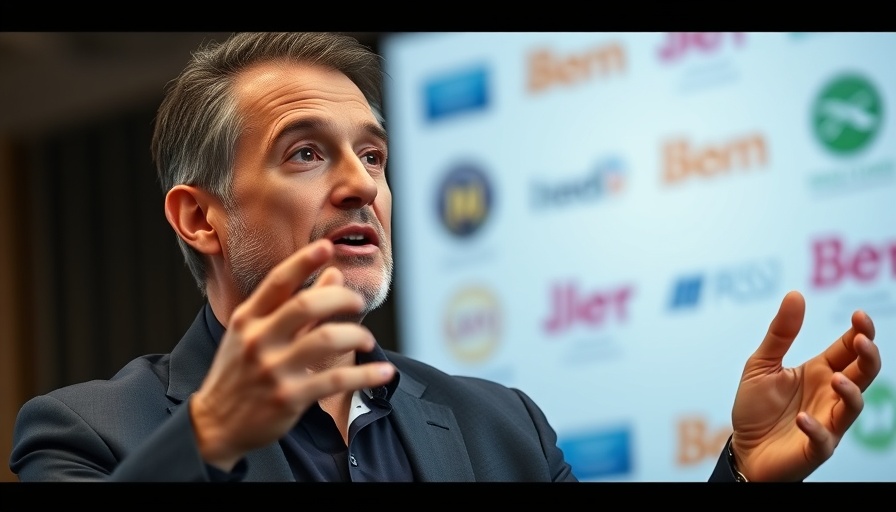
AI Chatbots: A Double-Edged Sword in Healthcare
As artificial intelligence (AI) becomes increasingly integral to the healthcare landscape, the concerns raised by Instagram co-founder Kevin Systrom resonate deeply. Speaking at StartupGrind, Systrom emphasized that AI companies, including those operating in the healthcare sector, may prioritize engagement metrics over genuinely useful interactions. This tactic risks undermining the very purpose of AI in healthcare: to enhance patient engagement and provide critical information efficiently.
Healthcare's Growing Dependence on AI
The integration of AI chatbots in healthcare settings aims to streamline communication between patients and providers, offering quick responses and solutions. However, Systrom's assertion that engaging but superficial interactions can dilute the chatbot's utility has significant implications. AI in healthcare should not merely 'juice engagement' by bombarding users with follow-up questions, but rather focus on delivering relevant, high-quality responses that ultimately improve patient outcomes.
Cautionary Tales from Social Media
Drawing parallels to social media engagement tactics, Systrom pointed out that AI's push for engagement could mimic harmful practices observed in consumer tech. Providers and administrators must reflect on these lessons; if AI chatbots become vehicles for metrics at the expense of care quality, they risk adding to the clinical load rather than alleviating it.
The Road Ahead: Prioritizing Utility Over Metrics
Amidst these challenges, an opportunity presents itself: the need for AI developers in healthcare to recalibrate their focus. Instead of emphasizing time spent on platforms or the number of interactions, the emphasis should shift to accurately addressing user queries and enhancing overall patient experience. The goal is clear—AI should empower, not distract, in sensitive healthcare environments.
Actionable Insights for Healthcare Innovators
For CIOs and IT managers navigating this complex landscape, the message is pivotal: prioritize the quality of AI interactions. Evaluate chatbot performance based on outcome-focused metrics. Consider user feedback seriously, but guide development with an eye on healthcare’s specific needs, ensuring that technology is a tool of empowerment rather than a source of frustration.
In conclusion, as healthcare professionals and administrators look toward integrating AI solutions, keeping Systrom's insights in mind can help steer the development of chatbots towards pathways that genuinely add value—ensuring that technology remains a helpful ally in the fight for better patient care.
 Add Row
Add Row  Add
Add 




Write A Comment